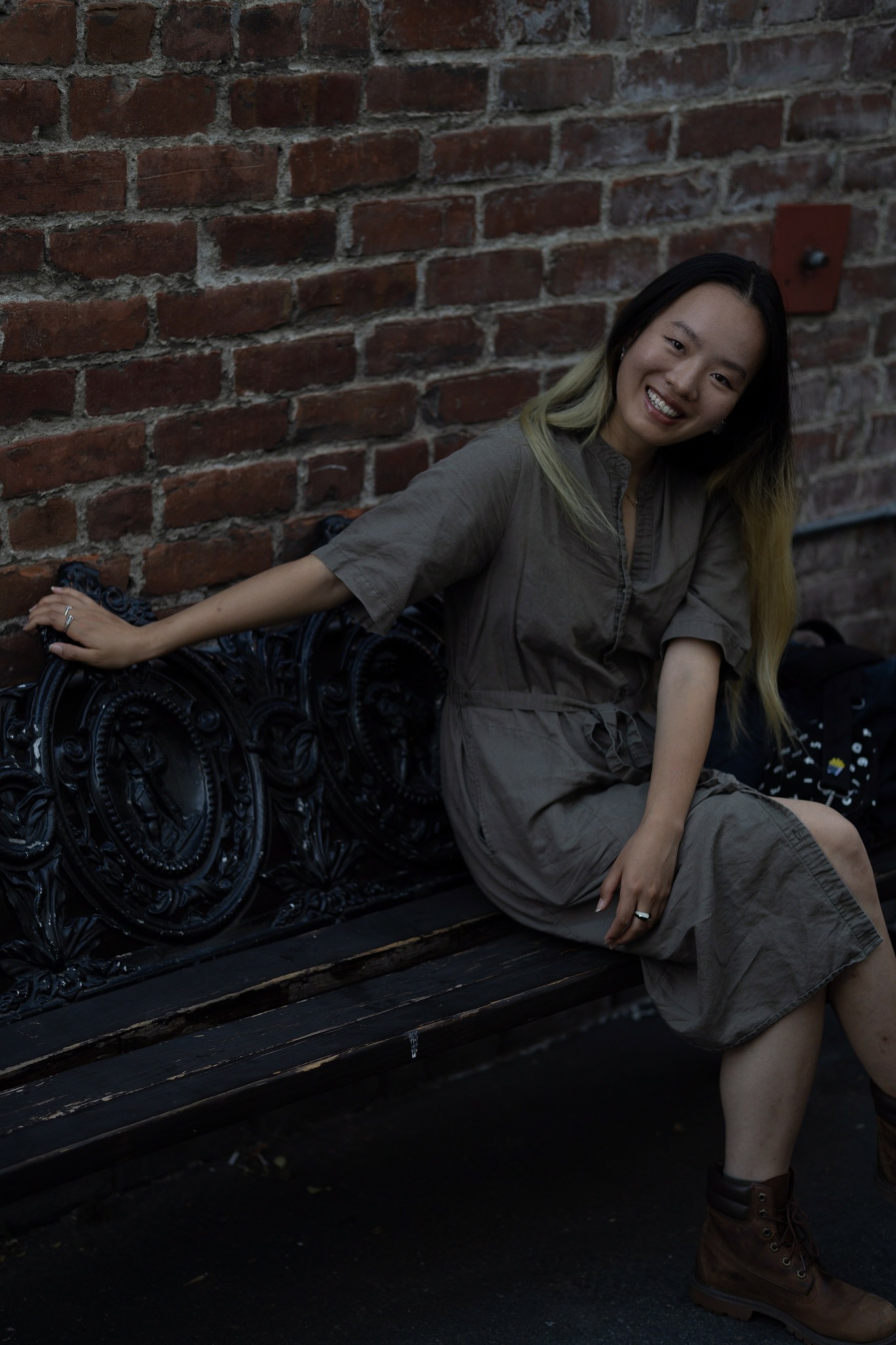We caught up with the brilliant and insightful Xuewei (eva) Hu a few weeks ago and have shared our conversation below.
Xuewei (Eva), appreciate you joining us today. I’m sure there have been days where the challenges of being an artist or creative force you to think about what it would be like to just have a regular job. When’s the last time you felt that way? Did you have any insights from the experience?
It was during early pandemic when I encountered a job interview, which made me realized that I need to pursue a creative outlet. During the early uncertain period of time, I had just lost my job as an assistant stage manager on one of the biggest projects I’d ever been a part of—it was a dream role, and suddenly, the pandemic brought everything to a stop. With the industry at a halt, I found myself asking, “What now?”
Desperate for stability, I began searching for any job that was hiring. Eventually, I landed an interview at a language institute near my home. The role involved preparing students for language proficiency tests, drawing on my five years of experience living in the U.S. and some previous tutoring work. The interview went well, and I received an offer almost immediately.
But then, things took a turn. While discussing the details, HR began asking invasive questions—about my marital status, my long-term plans—and presented a salary that felt like a clear undervaluation of my skills. When I raised concerns, I was told that, as a woman, I should prioritize a stable 9-to-5 job and be “grateful” for the opportunity. Hearing this, especially from a female HR representative, was both shocking and disheartening.
I left that conversation shaken, sitting in my car as the weight of it all sank in. That moment became a turning point. I realized I couldn’t settle for a path that didn’t honor my time, effort, or aspirations. Instead, I chose to lean into my passion for storytelling and design. I then applied to grad school to pursue a degree in lighting design—something I’d dreamed of for years.
Fast forward three years: I’ve completed my MFA, and I’m now working as a freelance lighting designer. That difficult experience clarified what truly matters to me—creativity, self-respect, and the freedom to shape my own path. And I couldn’t be happier for choosing the artist’s journey for me.


Xuewei (Eva), before we move on to more of these sorts of questions, can you take some time to bring our readers up to speed on you and what you do?
Hello! My name is Xuewei (Eva) Hu, and I’m a lighting designer currently based in New York City. Originally from China, I’ve always been drawn to the magic of storytelling and the way light can transform a space, evoke emotions, and bring stories to life.
I got my start in theater during my undergraduate years at UC Berkeley, where I earned a B.A. in Theater and Performance Studies. After graduating, I explored various roles in the performing arts, including stage management and touring management. One of the highlights of my early career was managing the DoodlePOP China Tour, which allowed me to combine my organizational skills with my passion for creating memorable live experiences. I went to more cities in China in a year than my entire life.
Over time, I realized that my true passion in lighting design still calls on me. I love how light serves as an unseen storyteller, guiding the audience’s focus and setting the mood for each scene. This realization led me to pursue an MFA in Lighting Design at Carnegie Mellon University, where I refined my craft and deepened my understanding of the intersection between art, technology, and collaboration.
As a freelance lighting designer, I specialize in creating immersive and dynamic visual environments for theater productions, live performances, and other creative events. My work aims to solve creative challenges for directors, producers, and other collaborators—whether it’s enhancing a narrative with subtle shifts in mood or crafting bold, dramatic visuals that leave a lasting impression.
What sets me apart is my global perspective, my collaborative spirit, and my dedication to storytelling through light. Having worked on productions across multiple U.S. cities and internationally, I bring a deep understanding of diverse audiences and creative processes. My immersive theater experience, in particular, has taught me how to think outside the box and design lighting that interacts seamlessly with unconventional spaces.
One of the things I’m most proud of is the opportunity to create work that resonates emotionally with audiences. Whether it’s a small, intimate performance or a large-scale production, I aim to make every project memorable and meaningful.
My work isn’t just about lighting; it’s about creating moments that connect people, transport them to another world, and leave them feeling inspired.
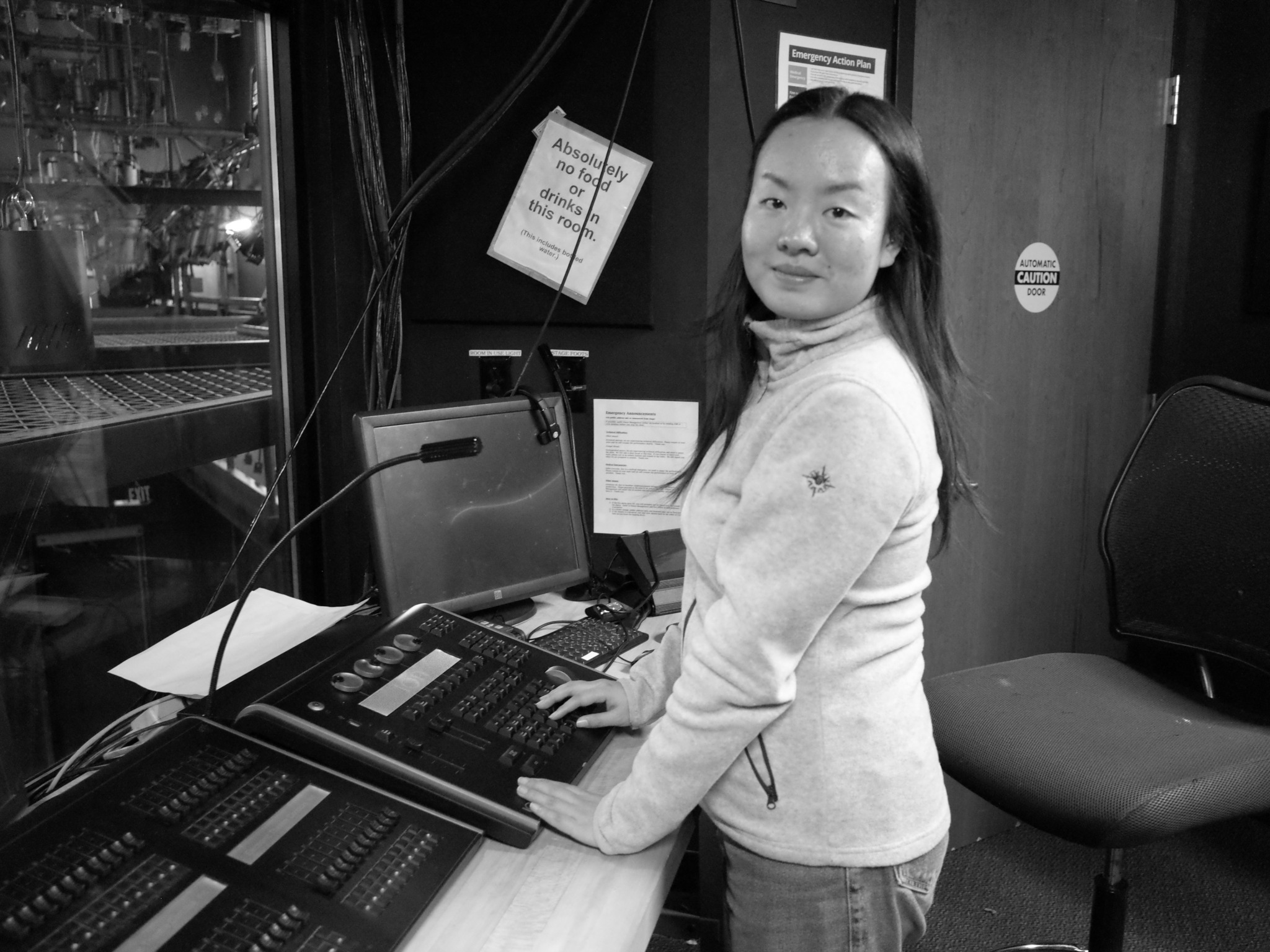
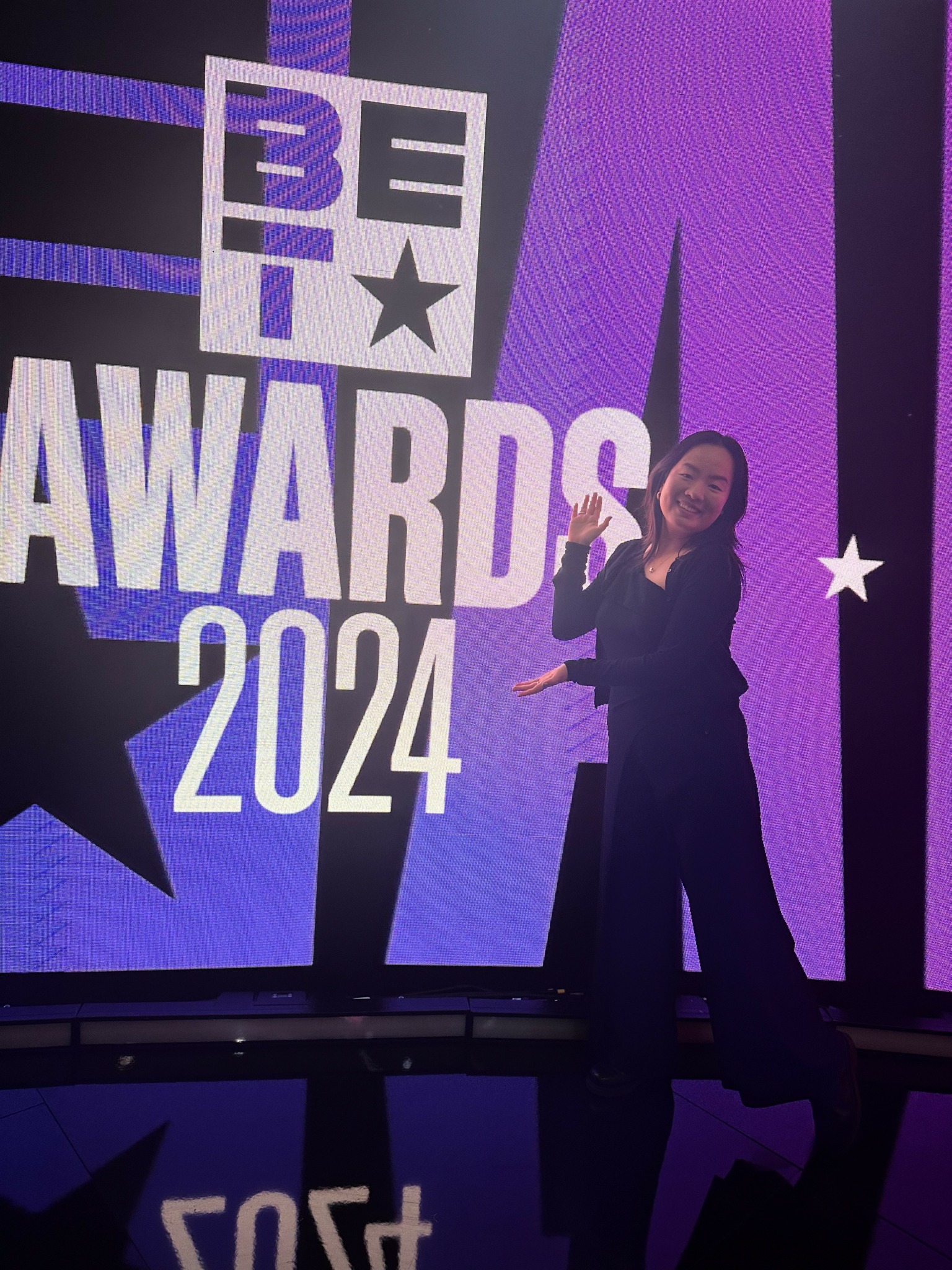
In your view, what can society to do to best support artists, creatives and a thriving creative ecosystem?
I believe a thriving creative ecosystem requires a society that values and actively supports the arts—not just as entertainment, but as a vital way to foster understanding, empathy, and cultural connection. Supporting artists and creatives isn’t just about funding or resources; it’s about creating space for voices that challenge societal norms and bring underrepresented perspectives to the forefront.
As an Asian artist, I feel particularly passionate about uplifting Asian storytelling, especially in the post-pandemic world where Sinophobia and other forms of racism have become more visible. The arts have the power to break down stereotypes and foster a deeper understanding of different communities. By amplifying these stories, we can begin to untangle the deeply rooted misunderstandings that exist in society and create spaces for meaningful dialogue.
For me, creating work that centers on Asian storytelling is deeply personal and a way to reclaim narratives that have been misunderstood or overshadowed. Post-pandemic, this mission feels more urgent than ever, as art has the ability to heal divides and bring people closer together. When society invests in its artists—financially, educationally, and emotionally—it builds a richer, more inclusive cultural landscape for everyone.
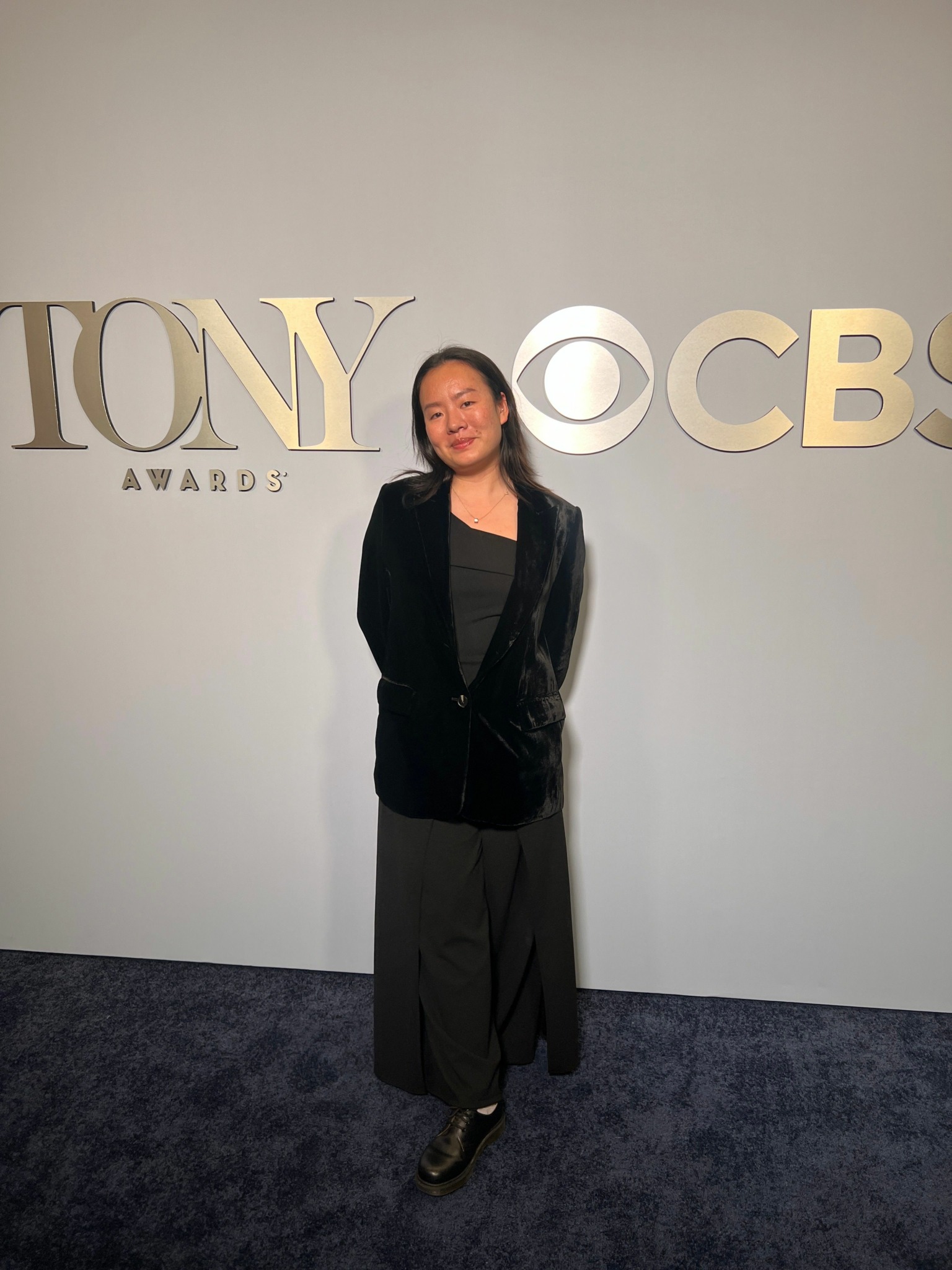

Is there a particular goal or mission driving your creative journey?
Absolutely. My creative journey is driven by a deeply personal mission to make Asian stories seen and heard. As an female Asian artist in a male-dominated industry, I’ve often found myself navigating uncharted territory. There weren’t many role models who looked like me or had a similar path for me to follow, which was both daunting and isolating.
This lack of representation fuels my determination to succeed—not just for myself, but for others who might feel the same way. If any young Asian girl sees me and thinks, “Oh, I can do that,” it would mean the world to me. Representation matters, and I hope my journey can inspire others to embrace their own creative paths with confidence.
My ultimate goal is to build bridges between communities, challenge stereotypes, and celebrate the rich diversity of Asian cultures. I believe storytelling—especially through theater and design—has the power to bring people together. Through my work, I aim to create experiences that not only entertain but also inspire reflection and meaningful change.
Contact Info:
- Website: https://www.xueweihu.com
- Instagram: https://www.instagram.com/evawho__/
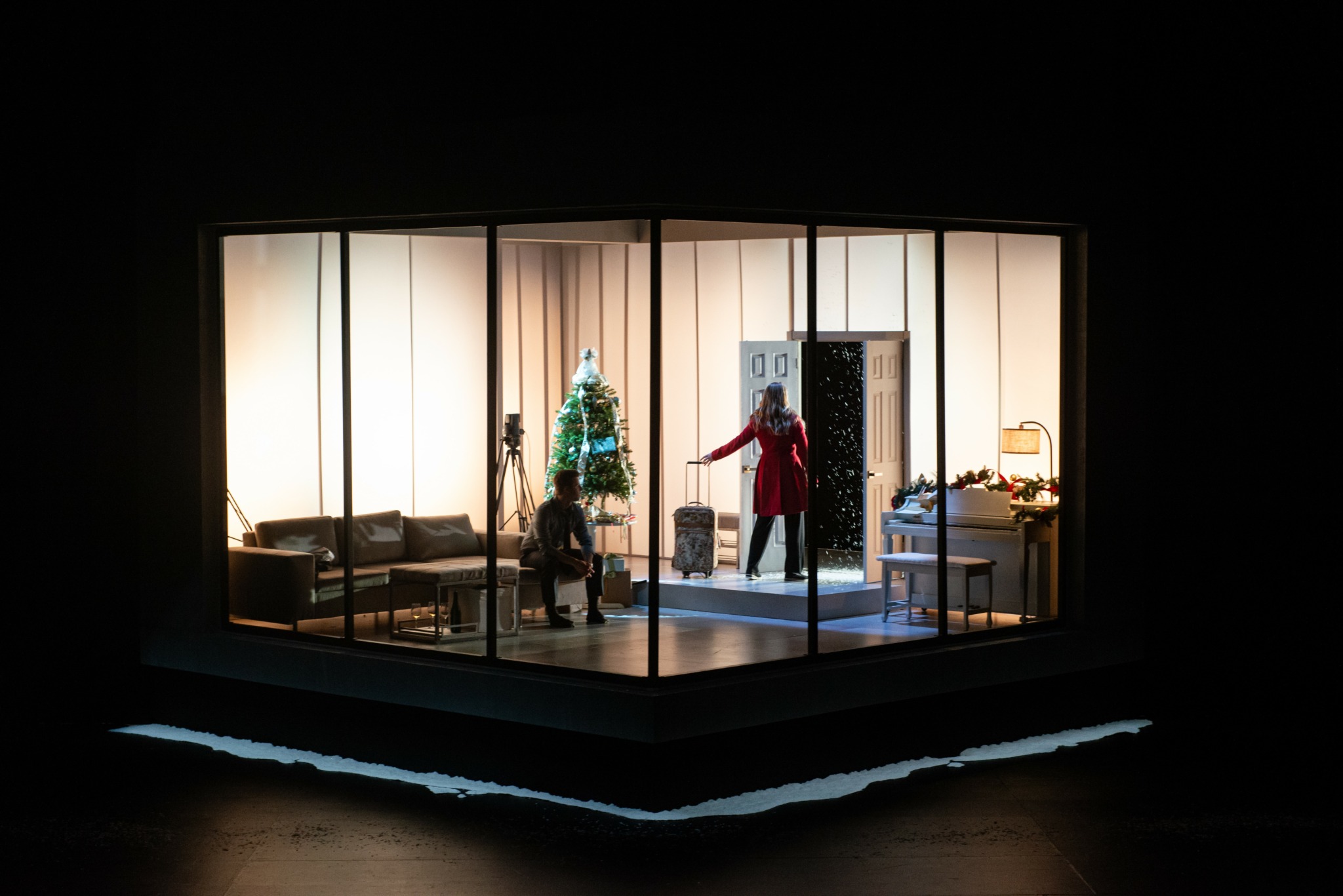
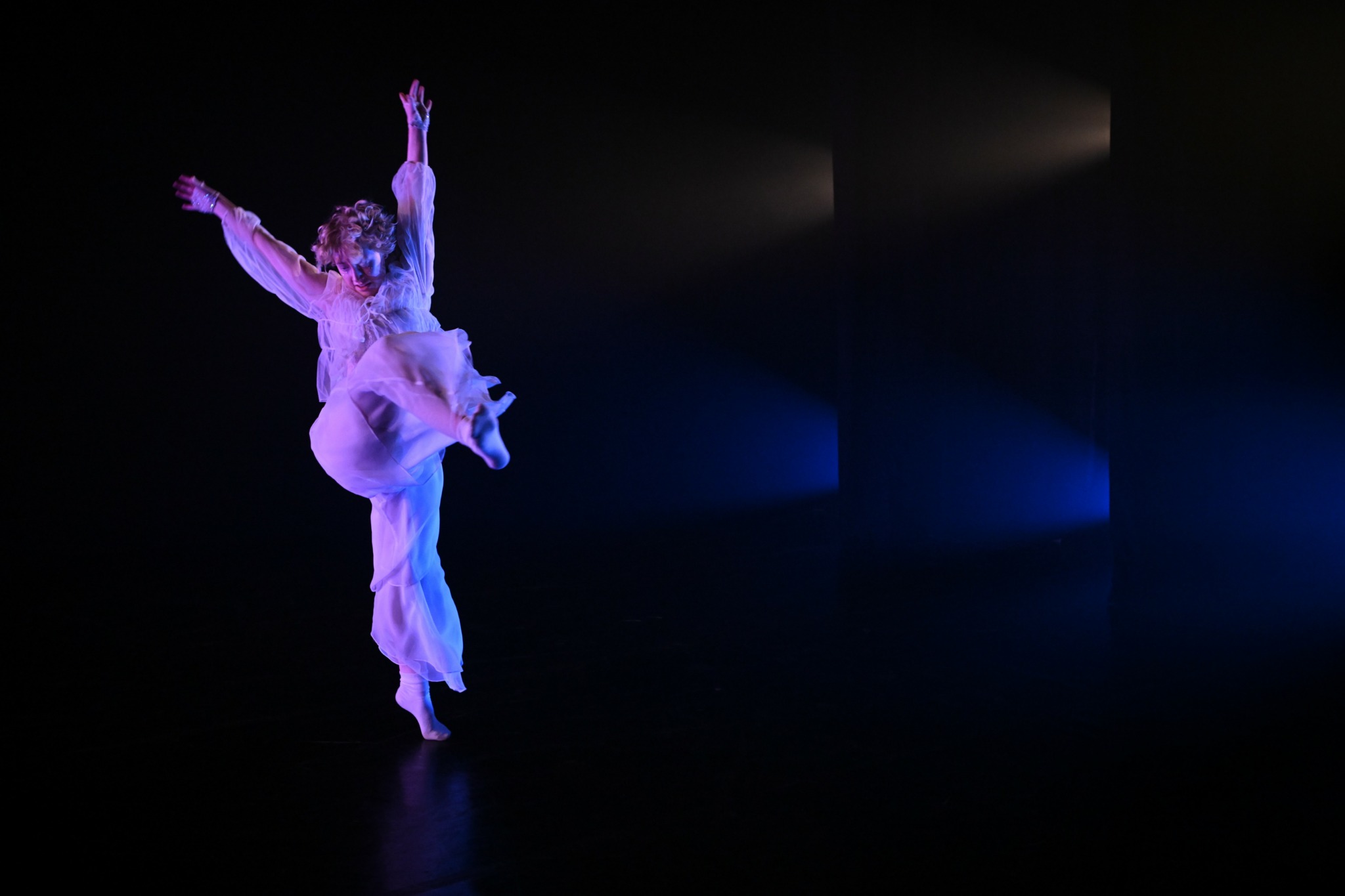
Image Credits
Image 6 and 8 credit: Louis Stein
Image 7 credit: Dave Rubin


